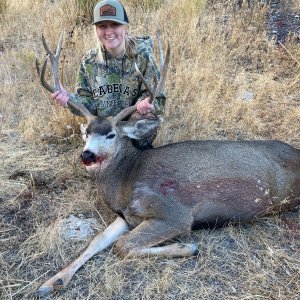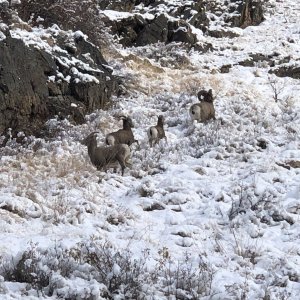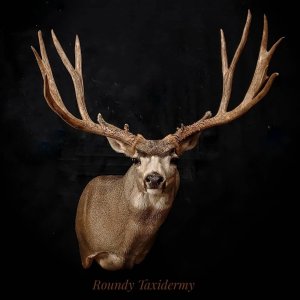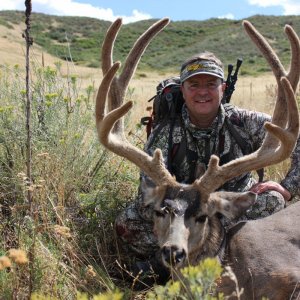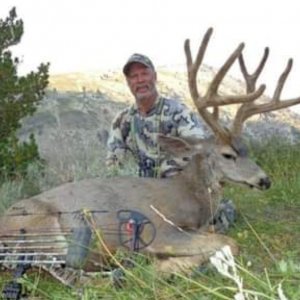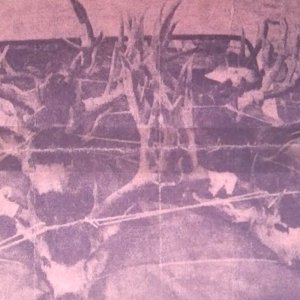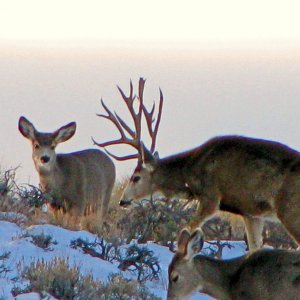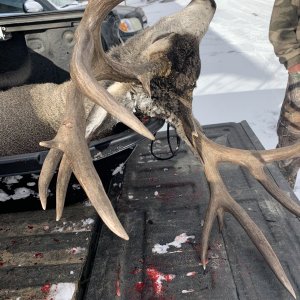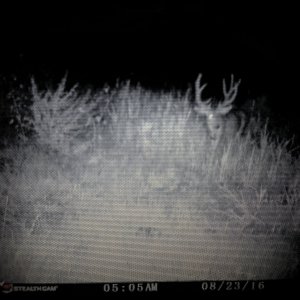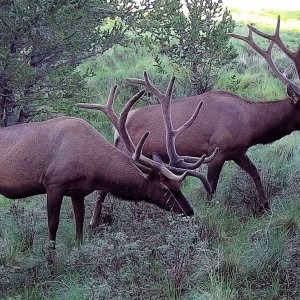Quick question.... In October of last year, I was lucky enough to take a moose here in Colorado. The taxidermist (no names will be mentioned, so please don't ask) has just about completed the headmount and informed me that a fairly large section off hair/hide had to be extracted off the spine, due to hair slippage.
Luckily, we caped the animal pretty far back, so there was excess hide that was used off of my animal to repair the patch. Unfortunately, the taxidermist informed me that the length of hair and color are not identical in that section, so you can tell that the area was patched from a close distance.
Anyway, what typically causes hair slippage:
Poor salt job on the hide?
Poor tanning process?
Not immediately caping the animal, after the kill?
Is it typically a taxidermy issue, or a problem associated with the caping process?
Any information would be appreciated!
Thanks,
Weatherby
Luckily, we caped the animal pretty far back, so there was excess hide that was used off of my animal to repair the patch. Unfortunately, the taxidermist informed me that the length of hair and color are not identical in that section, so you can tell that the area was patched from a close distance.
Anyway, what typically causes hair slippage:
Poor salt job on the hide?
Poor tanning process?
Not immediately caping the animal, after the kill?
Is it typically a taxidermy issue, or a problem associated with the caping process?
Any information would be appreciated!
Thanks,
Weatherby





